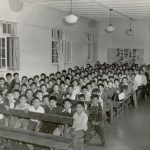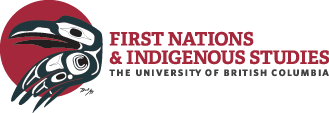Aboriginal Identity & Terminology
…situation. Prior to 1961, for instance, an “Indian” who acquired an education could be forcibly “enfranchised,” becoming a Canadian citizen, but losing status as an “Indian.” Prior to 1985, an…
Sixties Scoop
…(with the residential school system, for example), the drastic overrepresentation of Aboriginal children in the child welfare system accelerated in the 1960s, when Aboriginal children were seized and taken from…
Bill C-31
…Aboriginal and non-Aboriginal women’s groups to pressure the Canadian government to change the law. This action was catelysed when Sandra Lovelace took her case challenging the Indian Act to the…
Métis
…across different communities, to applying to multiple identities that have arisen from diverse historical instances of Aboriginal-European heritage. Métis Identity Métis peoples have developed a rich material culture, which includes…
Global Actions
…the basis of their continued existence as peoples, in accordance with their own cultural patterns, social institutions and legal systems. The above definition distinguishes Indigenous peoples from the settlers, colonizers,…
Constitution Act, 1982 Section 35
…(1) The existing aboriginal and treaty rights of the aboriginal peoples of Canada are hereby recognized and affirmed. (2) In this Act, “aboriginal peoples of Canada” includes the Indian, Inuit…
UN Declaration on the Rights of Indigenous Peoples
…member states worried that accepting the UNDRIP as drafted would undermine their own political autonomy. Of particular concern were the articles affirming Indigenous peoples’ right to self-determination. However, many Indigenous…
The White Paper 1969
…1970. Union of British Columbia Indian Chiefs. “Our History”. https://www.ubcic.bc.ca/about The Hawthorn Report Hawthorn, Harry, ed. A Survey of the Contemporary Indians of Canada: Economic, Political, Educational Needs and Policies….
Oral Traditions
…result of growing interest in the histories of marginalized groups such as African-Americans, women, and the working class, Western academic discourse has increasingly accepted oral history as a legitimate and…


